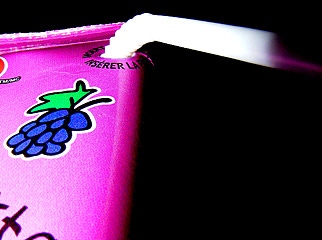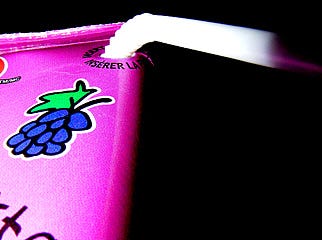March 11, 2015


Juice Box
While the USpackaging market lies in the doldrums due to the recession and a mature market,flexible packaging is one segment that keeps growing.
Thereasons are simple: Consumers demand the convenience, quality, functionalityand value that flexible packaging can provide. In addition, flexible packagingsubstrates help cut costs and can offer sustainability advantages by reducingthe amount of materials required to cut package weight and lower transportationcosts. Flexible packaging also is finding increasing favor for food andbeverages, whose consumption continues to grow.
Threerecent studies by Pira Intl. , PRIMIR and the Freedonia Group indicate thatflexible packaging is likely to continue gaining market share. The recent Pirastudy forecasts that the global flexible packaging market will grow from $127.1billion in 2009 to $137.5 billion in 2014. The PRIMIR study places US flexiblepackaging at $28 billion last year, and forecasts growth of 2 to 3 percentannually through 2013.
TheFreedonia study predicts world demand for converted flexible packaging willincrease 3.5 percent a year to more than 19 million tons in 2013.
Flexiblepackaging can be easily tailored to meet demanding specifications for a widerange of products, the Pira study states, citing development over the yearsfrom simple paper wrappings and bags to sophisticated, multilayer andmultimaterial packaging for barrier protection and shelf-life extension.
Studiesdetail benefits
Accordingto the studies, key market drivers and trends identified for flexible packaginginclude:
Biodegradable and recyclable flexible materials gain favor as retailers and brand owners seek to improve packaging's environmental footprint.
Flexible films and bags are continually downgauged to reduce costs and minimize waste. However, this will restrain volume gains.
Flexible packaging allays growing concern about excessive packaging being disposed of in landfills.
Standup pouches are replacing glass bottles and other traditional package types for a range of food and beverage products.
Laminated structures using high-barrier resins along with foils and paper are being designed to preserve product freshness and extend shelf life. Specialized coatings also are under development that may enhance packaging performance.
Convenience features such as microwaveable pouches, peel-off lids, zippers and pouring spouts will help steal share from folding cartons and boost sales in developed countries.
Plasticsmake inroads
TheFreedonia study says plastics will continue to make inroads due to a superiorprice/performance profile along with developments in biodegradability andhigh-barrier resins. One concern, PRIMIR points out, is that many plastics arepetroleum-based, and this raw material cost has proven to be quite volatile.
Meanwhile,the studies agree that the growth of flexible packaging will be greatest in thedeveloping regions of Asia, Latin America and Eastern Europe. Chinaalready has surpassed Japanas the second-largest market for converted flexible packaging.
630/288-8706 | [email protected]
.
About the Author(s)
You May Also Like


